With its relatively compact size and flat terrain, Dublin, Ireland is a fantastic quick trip. The Irish capital city is full of history, a lovely landscape, Irish charm and, yes, pubs! With great museums (some of which are free!) and a bonafide castle in the of town, it’s not difficult to fill up a long weekend (plus maybe a few extra days) in Dublin. In fact, the difficult part might be limiting yourself to only a weekend in the Emerald Isle!
I’ve put together a travel guide for how to spend a long weekend in Dublin with some of my favorite spots from my recent trip!
What to See & Do in Dublin
No matter where your interest lie, you can spend a few days enjoying a wonderful mix of arts, culture, and history! Filling a long weekend with fun things to do in Dublin isn’t difficult to do.
My advice is to plan each day by location. For example, the National Gallery of Ireland is directly across the street from Merrion Square so it makes sense to visit both on the same day.
Explore the National Gallery of Ireland
You can get a great feel for Ireland’s history simply by viewing its art. The National Gallery of Ireland is an art museum with a fantastic collection ranging the centuries and styles. Amidst the collection you’ll find many portraits where you can see historic faces and familiar faces. I especially enjoyed the portrait of television personality Graham Norton. National Gallery of Ireland is just one of many free things to do in Dublin so you can drop in and out as your weekend schedule allows.
If art isn’t really your cup of tea, Dublin is also home to the National Museum of Ireland‘s branches for archaeology, decorative arts, and history, and natural history. All of these museums are also free. But the bottom line is these museums are distinctly Irish and will help you establish an understanding of Ireland and its history and culture.
National Gallery of Ireland, Merrion Square West & Clare Street
National Museum of Ireland – Archaeology, Kildare Street, Dublin
Decorative Arts & History, Collins Barracks, Benburb Street, Dublin
Natural History, Merrion Street, Dublin
Visit St. Patrick’s Cathedral & Christ Church Cathedral
You might expect the city’s two most famous cathedrals to be Roman Catholic. But you would be wrong. Both St. Patrick’s Cathedral and Christ Church Cathedral serve the Church of Ireland. Another thing they both have in common is beautiful, massive, and historic architecture.
At a minimum, you owe yourself a chance to walk around both churches and explore their grounds and exterior. Christ Church feels more urban, set amidst pubs and shops. St. Patrick’s, meanwhile, has a large garden outside it that serves the local community as a park and playground while feeling more residential than “downtown.”
For a fee, you can venture inside and I highly recommend it! Visitors can wander the inside of each of the churches, admire the beautiful craftsmanship and reflect.
St. Patrick’s Cathedral, St Patrick’s Close, Wood Quay, Dublin
Christ Church Cathedral, Christchurch Place, Dublin
Tour Dublin Castle
Dublin Castle is undoubtedly one of the major landmarks in Dublin. It’s hard to miss that medieval tower jutting up into the sky. Today, Dublin Castle is still a working office of Irish government that attracts visitors from around the world. And while there’s plenty to see by just walking around the castle and gardens, it’s absolutely worth going inside and buying a ticket for a tour.
Visitors can opt for a self-guided tour or a guided tour. The guided tour takes visitors underground beneath the castle to see archaeological evidence of the location’s Viking history. The other benefit of the guided tour is getting to listen to the guide. While the basic information the guides deliver is the same, each guide knows something a little different about the castle.
Tour Trinity College Library and See the Book of Kells
Trinity College Dublin is a historic university located in central Dublin. The campus is picturesque. The college was founded in 1592 by Queen Elizabeth I. The list of alumni is lengthy and impressive: Samuel Beckett, Bram Stoker, Jonathan Swift, Oscar Wilde, as well as current Taoiseach (or Irish Prime Minister) Leo Varadkar.
The buildings on the campus are historic and impressive. At the heart is the Campanile, a bell tower from 1853 designed by Sir Charles Lanyon and sculpted by Thomas Kirk, on Library Square. Also notable is the Museum Building, a Palazzo style building from 1857 that is covered in detailed carvings.
Tourists flock to Trinity College, largely, to see the Book of Kells, a highly ornate book from 384 AD containing the four Gospels of the Bible and its legendary library.
I’ll admit I was reluctant to visit Trinity College’s library and Book of Kells. Everyone raves about it. But, in truth, the Book of Kells wasn’t a Must See for me. It might be for some people but the small exhibition space packed full of visitors glued to audio guides just wasn’t for me.
Trinity College Library
The Trinity College Library, however, is a whole other story. The historic Long Room of the Library of Trinity College is a massive and strikingly impressive room housing some of the collection’s oldest books. 213 feet long and two stories with an arched wooden ceiling, visitors are free to walk the center aisle between shelves holding around 200,000 books. It’s simply remarkable. Each row of shelves has a marble bust bookending it. One of the last remaining copies of the 1916 Proclamation of the Irish Republic is on display in the room.
If you want to visit either the Book of Kells or the Long Room, be sure to book ahead of times. A single timed ticket includes access to both. Spots are limited for each time slot due to high demand.
Trinity College Library, College Street, Dublin
Grab a Pint in Temple Bar
It can be a little confusing but the famed Temple Bar is both a pub and a popular area where you can find much of the city’s nightlife. During the day, it’s a charming area to explore. Narrow, cobblestone streets and buildings of seemingly every color draped in flags, flowers, and other decorations. During weekends and in the evening, the area becomes very crowded. If you’re looking for excitement and action, this is where you’ll find it. Stop in any of the many, many pubs, bars, and restaurants for a drink and a bite to eat.
Relax in the Parks
There is no shortage of parks and squares in Dublin. The most prominent parks are St. Stephen’s Green, in the heart of the city, and Phoenix Park, just outside of downtown.
Just across the street from the Grafton Street pedestrian area, St. Stephen’s Green is a Georgian garden square with more than one lake (where you will no doubt find large numbers of ducks, seagulls and other birds), a bandstand, a fountain, and many monuments and memorials. Among the memorials is the large Fusiliers’ Arch at the Grafton Street entrance.
Phoenix Park, meanwhile, is a more green park. A herd of deer roam the park, passing sites like the Papal Cross, erected for Pope John Paul II’s 1979 visit. You’ll also find the Dublin Zoo on the grounds as well as Magazine Fort. Phoenix Park is more than 1700 acres so there’s no shortage of spots to explore.
Visit the Must See Landmarks
Dublin has quite the literary reputation. For some, it will be seeing the sites of James Joyce or, if you’re like me, Oscar Wilde. You can visit locations that famous writers frequented or visit their statues. A visit to see the Wilde statue in Merrion Square was an opportunity I wasn’t about to miss and was actually the first thing I did in Dublin.
But there are plenty of other landmarks you’ll want to visit in Dublin. Perhaps the best known is the Ha’penny Bridge. The pedestrian bridge dates to 1816 when ferries would take people back and forth across the River Liffey. But when the ferries fell into disrepair, the Ha’penny Bridge was built. The bridge’s original toll was a halfpenny. And thus the name stuck. It’s a pretty white arched bridge and it’s a bit of a mandatory photo opp for tourists.
Go Shopping at the Sweater Shop
While the fisherman sweaters you associate with Ireland usually come from the Irish isle of Aran, that doesn’t mean you have to leave Dublin without a woolen souvenir you can wear. Sweaters line the shelves from floor to ceiling in seemingly every combination of color, knit and style. I dropped by the The Sweater Shop near Trinity College to check out their authentic Irish made sweaters and took a beautiful charcoal wool Aran sweater. (It’s so cozy that I never, ever want to take it off.)
Sweater Shop, 30 Nassau Street, Dublin
Where to Eat in Dublin
No matter what kind of food you’re itching for, you can likely find it in Dublin somewhere. Many of the restaurants in the city serve dishes using locally sourced ingredients.
Bewley’s Grafton Street Cafe
Somewhere along the line of history, the word “traditional” has gotten a bad rap from some. When I say Bewley’s Cafe is traditional, I mean it’s classic and timeless. The restaurant in the heart of the Grafton Street pedestrian-only shopping area still offers service and food the way that’s long since fallen by the wayside in favor of fast food. Smartly uniformed staff buzz around the restaurant and barely get a break as Bewley’s is a popular spot serving breakfast, lunch, and dinner. But it was their pastries and tea that got me in the door — not to mention the beautifully restored historic building!
Try the chocolate mousse cake, a veritable single-serving skyscraper on a plate, or the fanciest carrot cake you’ve ever seen, decorated with edible gold foil. And don’t forget to try Bewley’s own brand of coffees and teas. I recommend the Irish breakfast tea, a perfectly balanced alternative to the usual English breakfast. You can even buy their coffees and teas to take home. It goes without saying I went home with a bag of tea; it’s the perfect souvenir.
Bewley’s Grafton Street, 78-79 Grafton Street, Dublin
The Stag’s Head
There is no shortage of pubs around Dublin but few have the easy traditional feel of The Stag’s Head. While it goes without saying you can get a good drink at any pub, the food at The Stag’s Head is particularly good. The fish and chips is more than just the standard fare you might expect and the hearty seafood chowder is served with brown bread. After you eat at The Stag’s Head, you won’t need another meal anytime soon. Although the food is modern, the interior of the building maintains the feel that hints at its past as a historic Victorian pub. At The Stag’s Head you can rub elbows with locals and tourists alike.
The Stag’s Head, 1 Dame Ct, Dublin
The Lord Edward Bar
Sometimes, you just need somewhere to sit down and relax. At the Lord Edward Bar, directly across the street from Christ Church Cathedral and around the corner from Leo Burdock, is just that place. The Irish pub feels not unlike like a visit in a time machine and offers just the sort of pub character that visitors to Ireland are undoubtedly looking for. The bar is lacking in pretension. Simply order a pint at the bar and grab a seat. If you’re lucky, they’ll have a bit of Gaelic football on the telly.
The Lord Edward Bar, 23 Christchurch Pl, Wood Quay
Queen of Tarts
The Queen of Tarts is a popular eatery serving both sweet and savory dishes. The cozy and homey restaurant has friendly staff. But it’s their baked goods that caught my eye. The Victorian sponge, laying sponge cake with huge mounds of cream with fresh berries, was absolutely delicious without being too sweet. Pair it with a cup of tea, and it’s the perfect late afternoon snack. There are two convenient Queen of Tart locations.
Queen of Tarts, Cows Lane, Dame Street, Dublin and Cork Hill, Dame Street, Dublin
Leo Burdock
Leo Burdock’s is said to be the oldest fish and chip shop in Dublin. Who can turn that down? Their shop across the street and around the corner from Christ Church Cathedral is the chain’s original location. While that shop only offers the classic takeaway fish and chips wrapped in paper, other Leo Burdock spots have seating. There’s nothing fancy about Leo Burdock: simply good, old-fashioned fish and chips (and, depending on the location, some other fast food type items) without any fuss or muss. People wait in line around the block for Leo Burdock and it’s worth the wait.
Leo Burdock, various locations in and around Dublin
Where to Stay in Dublin
There are no shortage of hotel options in Dublin. Hotels, however, can be pricey. If you’re looking for the real experience, go with an Irish bed and breakfast.
If you’re more interested in saving some money while still spending the night in a clean and safe place, try the Holiday Inn Express Dublin City Centre. I’ve been staying with IHG Hotels a lot the last couple of years, such as in Friedrichshafen and Munich, and I love the efficiency. The newest generation of Holiday Inn Express hotels in Europe are all modern and comfortable. I also really enjoy having the free breakfast buffet available. A long day of exploring goes a lot smoother when you don’t have to spend an hour looking for breakfast each and every morning.
You’ll find many of Dublin’s hotel options along O’Connell Street. As far as the tourist landscape goes, this is the heart of tourist country. Bus stops line the street, too. As such, it can be a noisy area albeit extremely convenient. But Dublin is quite boisterous. It’s part of its character.
Day Trips from Dublin
In comparison to nearby continental Europe, the Republic of Ireland is a relatively small country that’s isolated by water. That means you can use Dublin as a convenient jump-off point as you explore Ireland. For quick day trips that don’t require you to get up too early and ensure you get home to your Dublin hotel, I recommend checking out seaside towns like Dún Laoghaire, for its suburban Irish experience, and Howth, for the beautiful cliff walk and village feel.
Tips for Visiting Dublin
Leap Visitor Card
While Dublin is easy to traverse on foot, you may need to use public transit either around town or around County Dublin. I recommend the Leap Visitor Card. The card offers unlimited use of Airlink, Dublin Bus, Go-Ahead Ireland, Luas, DART, and commuter rail. You can buy the card in a one day, three day or seven day increment.
I used the Leap Visitor Card for getting to a couple of day trips as well as returning to the airport. It’s very easy and convenient to use: you just scan it at the turnstile or as you get on.
Cash versus Card
Traveling abroad in a country with a different currency can be challenging and, sometimes, expensive. While you may want some Euros in cash in case of an emergency or for tipping at your hotel, you likely won’t need cash otherwise. Credit card usage is widespread in and around Dublin.
Assuming your credit card has no foreign transaction fees, it can be much cheaper than using a currency exchange or withdrawing money from an ATM. Also, be sure to be charged in Euros and not your home currency for the best savings.
When paying at a restaurant or pub, be sure to tell your server that you want to include your tip.
Pedestrian Rules
For travelers from countries where cars don’t drive on the left side of the road, there’s a bit of a learning curve for getting the hang of walking around Dublin. In downtown areas, you’ll often find “Look Right” or “Look Left” painted on the road in the crosswalk to help advise which way you should look before crossing. However, take the road paintings with a grain of salt; I saw at least one that advised pedestrians to look in the wrong direction. Be safe and do as your mother taught you: look both ways before crossing any and all intersections.
The traffic lights tend to be rather long in Dublin and traffic is usually fairly busy. For that those reasons (and likely others) there tends to be a lot of jaywalking in Dublin. In some spots, you’ll end up waiting long periods if you don’t jaywalk. You’ll also stick out like a sore thumb for not jaywalking. But, jaywalking is illegal although seemingly not broadly enforced. For that reason, use your own discretion and always be safe.
Getting There
I always say that the best way to see a city is on foot and Dublin fits that rule perfectly. The city is perfect for walking! Dublin is relatively flat and the downtown area is fairly compact. The city is so compact, however, that peak times for tourists and commuters can make the city, and especially the sidewalks, very congested.
Dublin does have a public transit system but it is limited. Two tram lines, the Luas, run roughly west-east and north-south. There’s also DART (Dublin Area Rapid Transit), a train system that focuses on connecting central Dublin with more outlying neighborhoods and the suburbs. There are also buses. Lots and lots of buses. In addition to Dublin city buses, there are no shortage of tourist buses for sightseeing or hop on hop off transit.
Getting to Downtown Dublin from the Airport
You have a few options for getting from Dublin’s airport to downtown. As there is no train connection, it’s either car, bus, or taxi.
A bus ride is the most cost-effective solution if you aren’t renting a car. There are several buses you can choose from. But take note of bus schedules and your arrival time at the airport. I intended to buy the Leap Visitor Card at the airport and use the city bus to get into Dublin, but the information desk is not staffed 24 hours a day and I was arriving at a bright and early 5 in the morning. Generally, you can buy your fare on the bus or from a nearby stand, depending on the bus line you choose.
Save this post for later with Pinterest!
All photos, as well as all opinions, are my own.
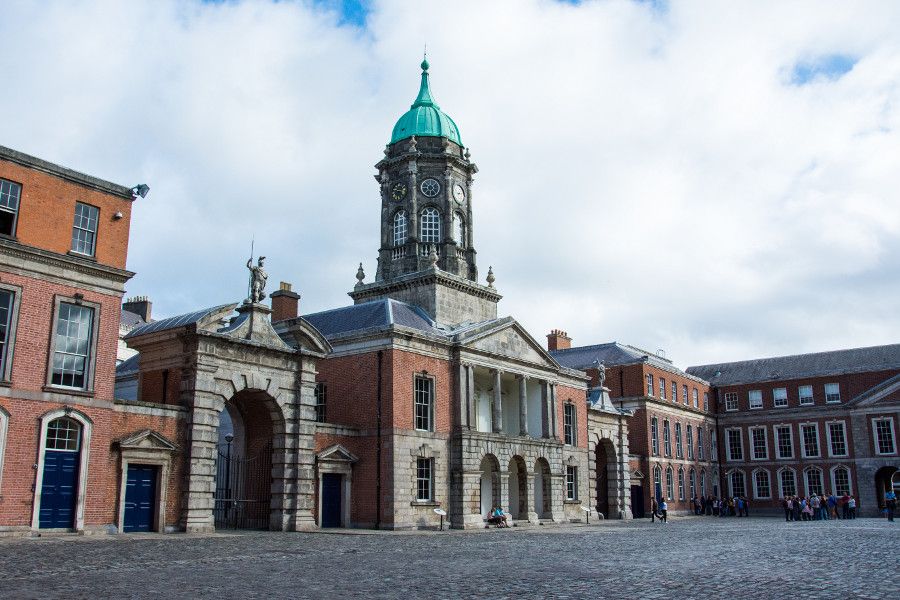
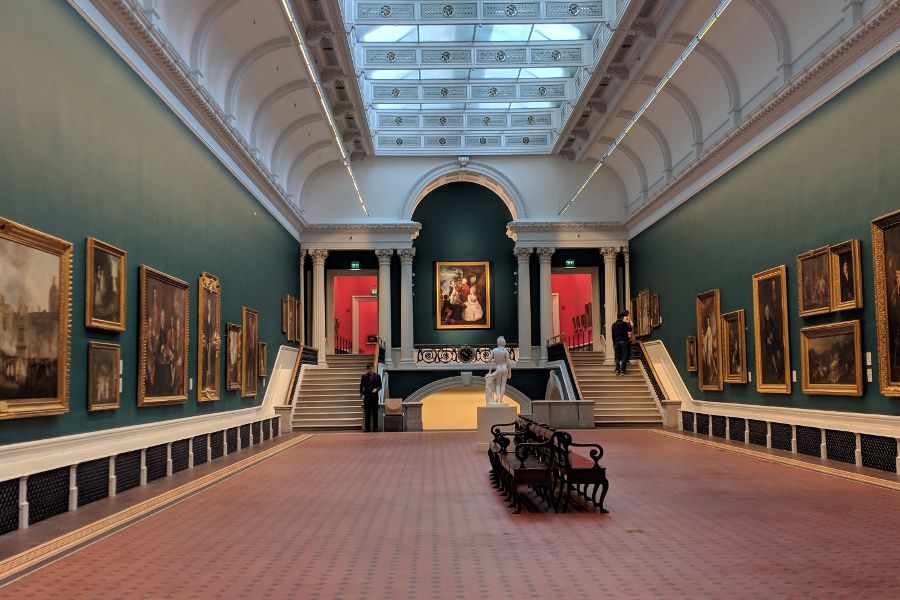
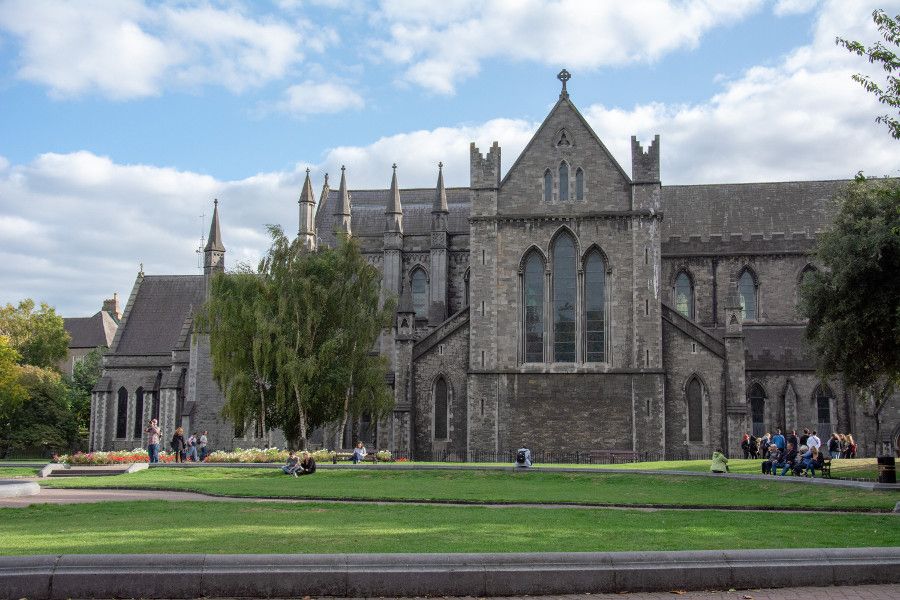
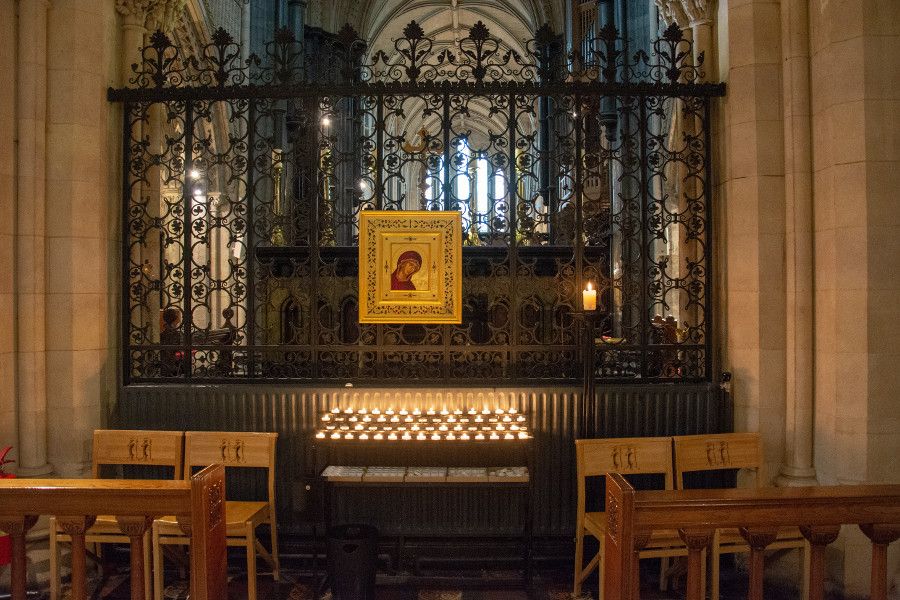
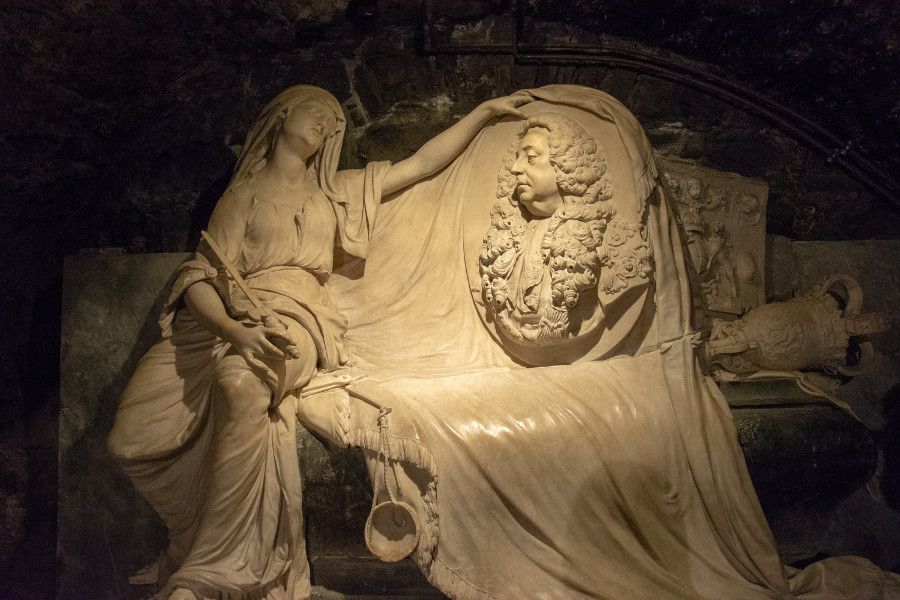
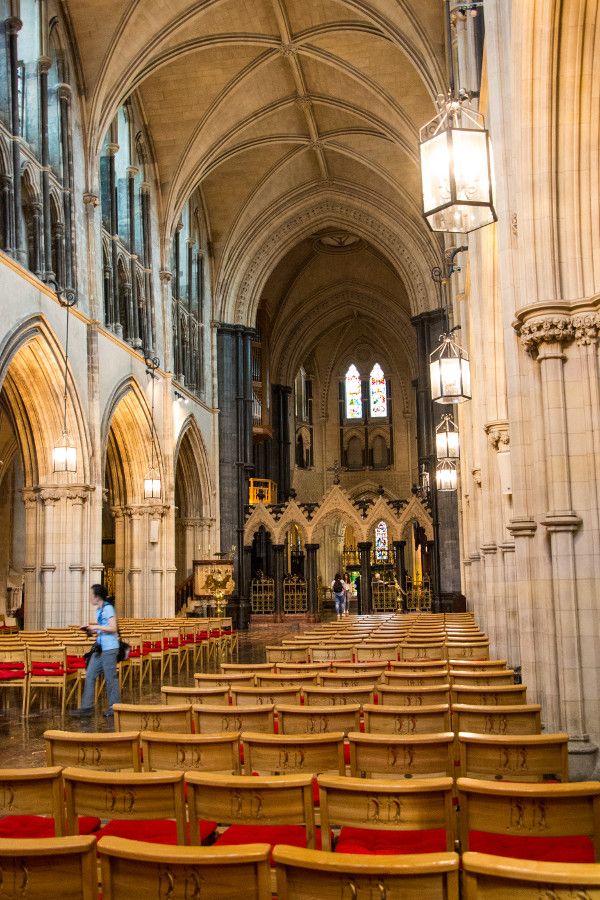
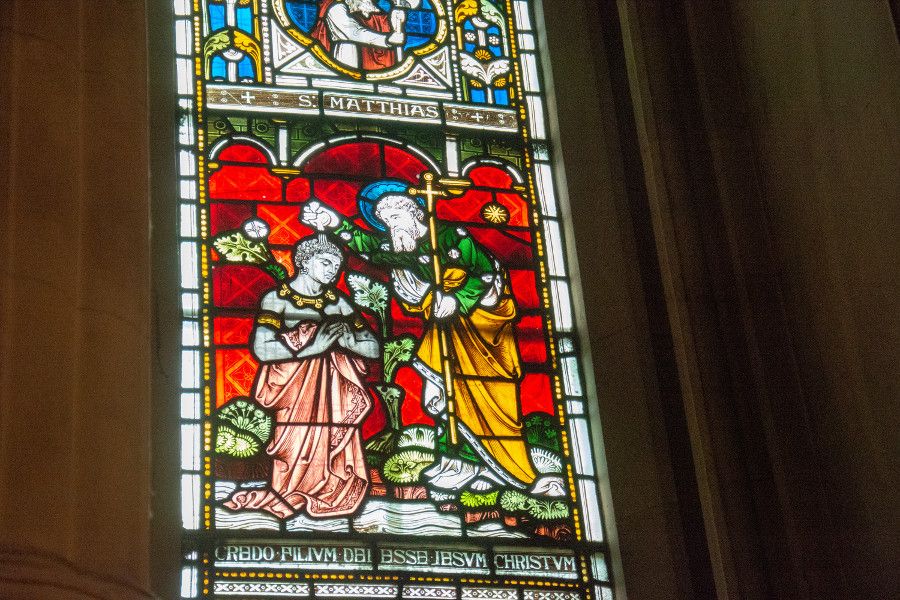
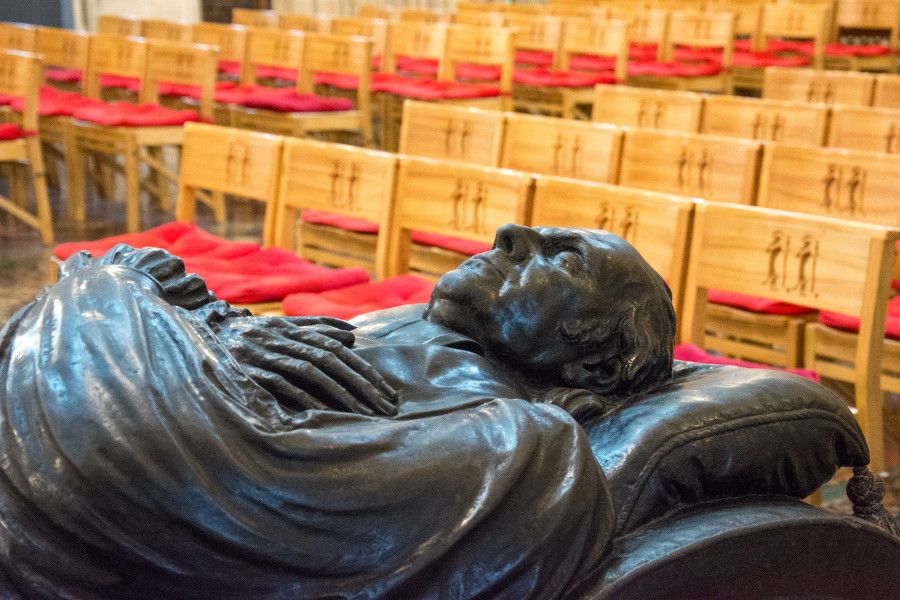
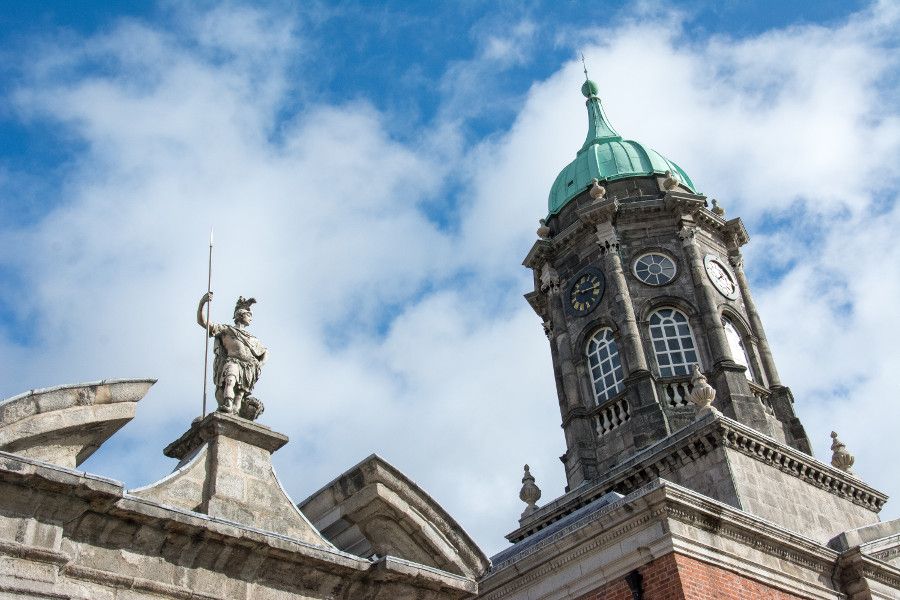
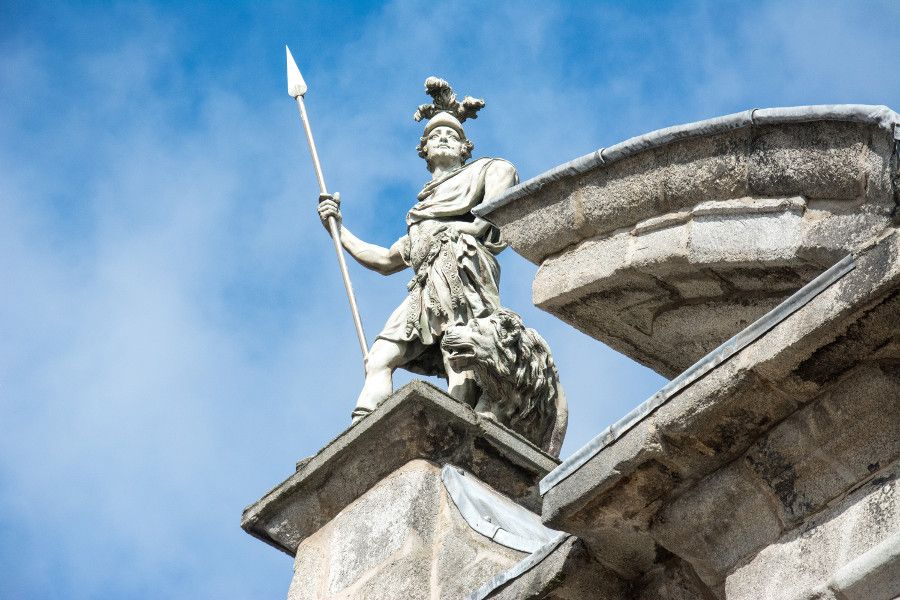
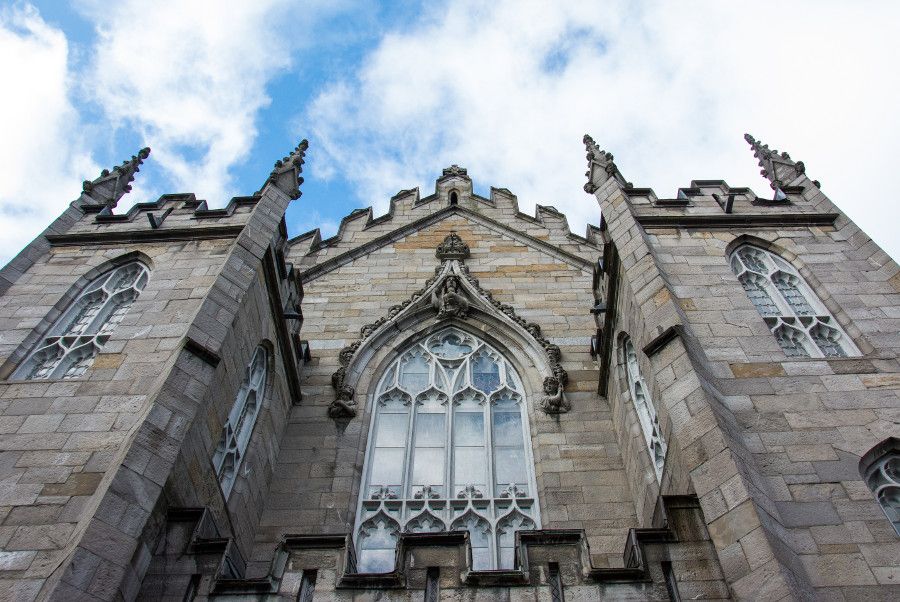
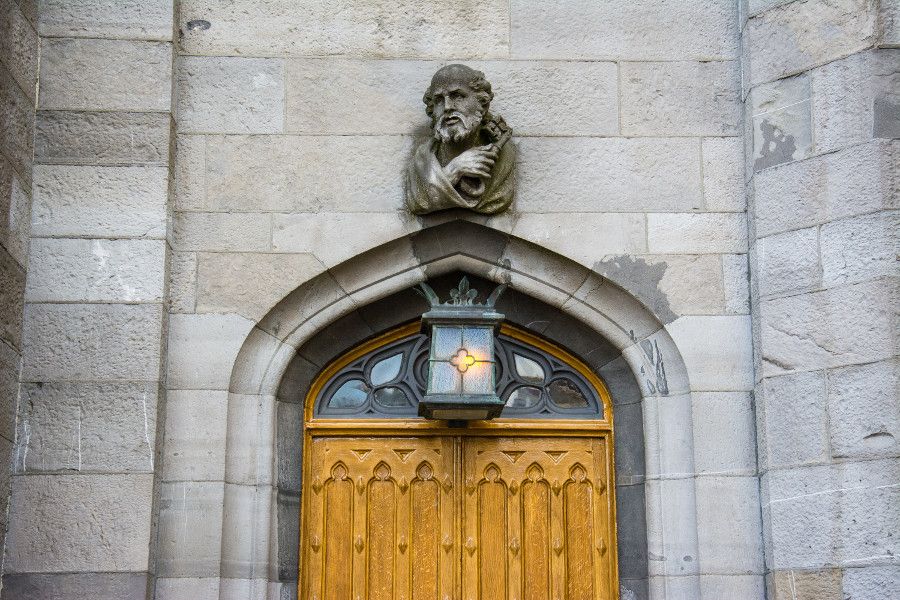
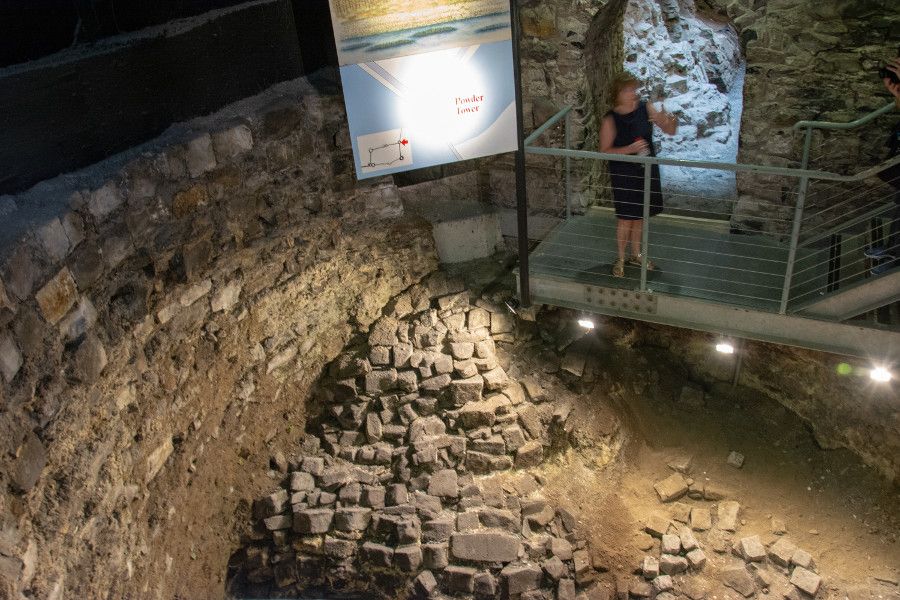
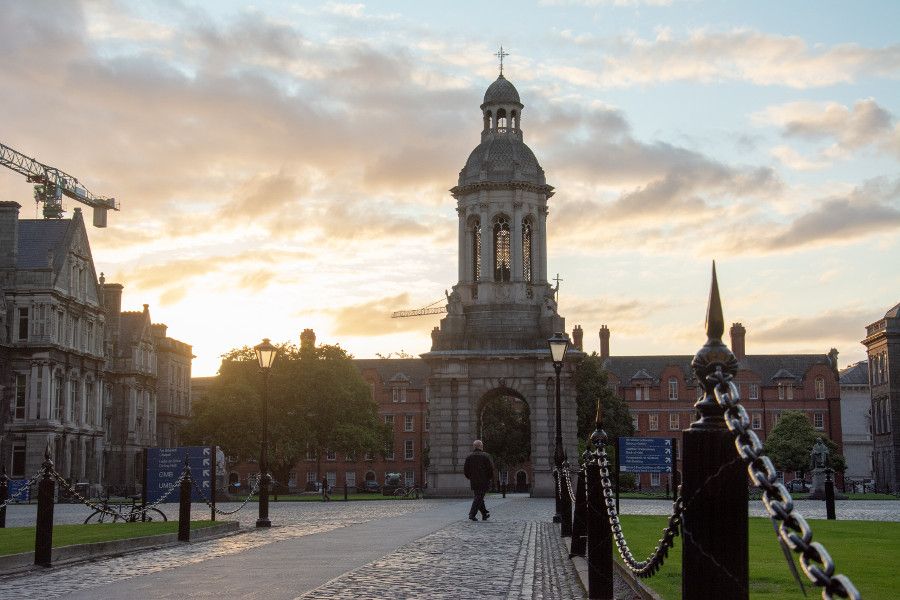
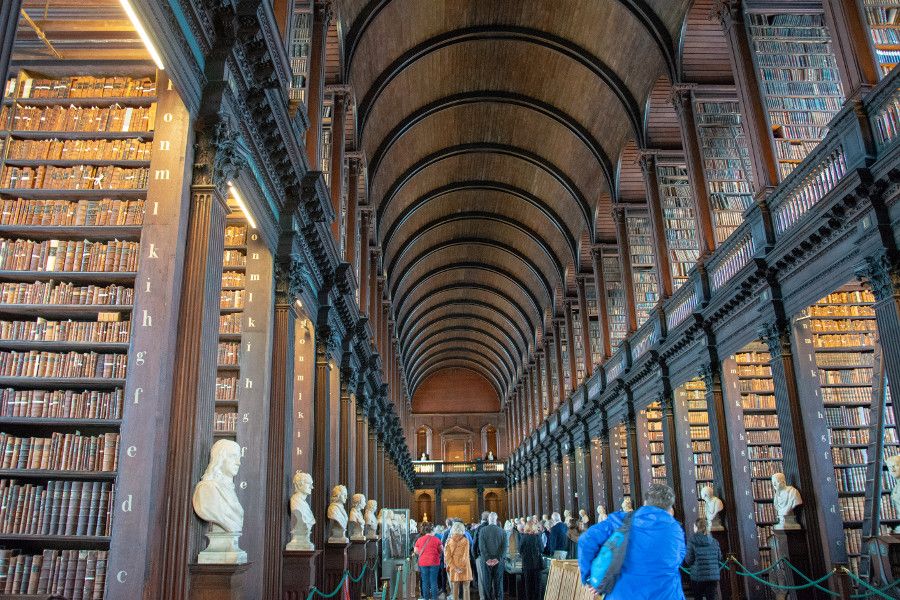
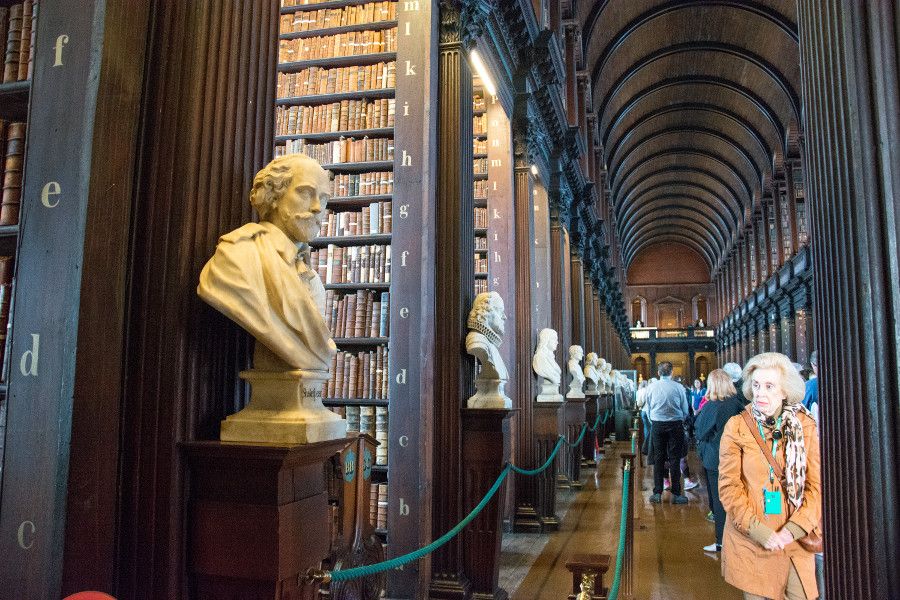

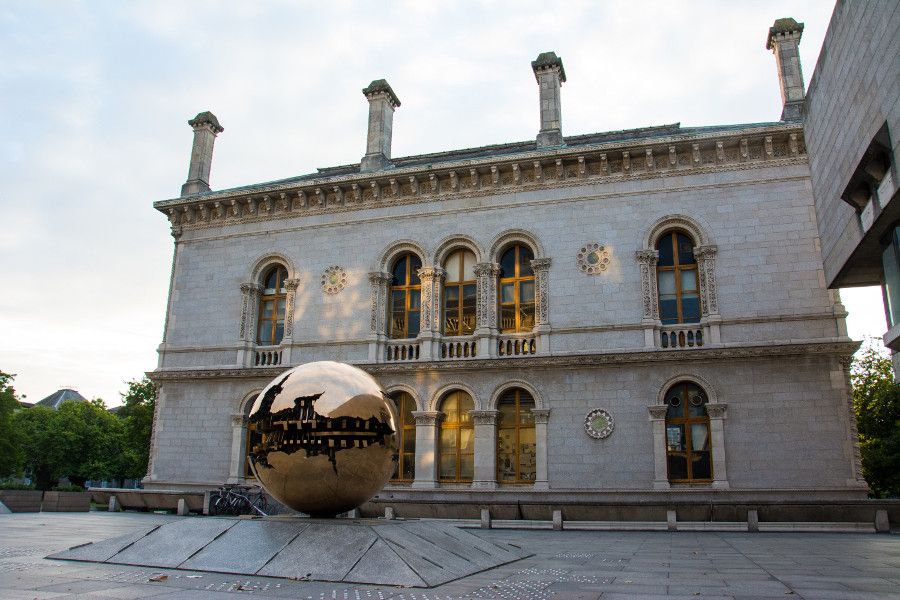
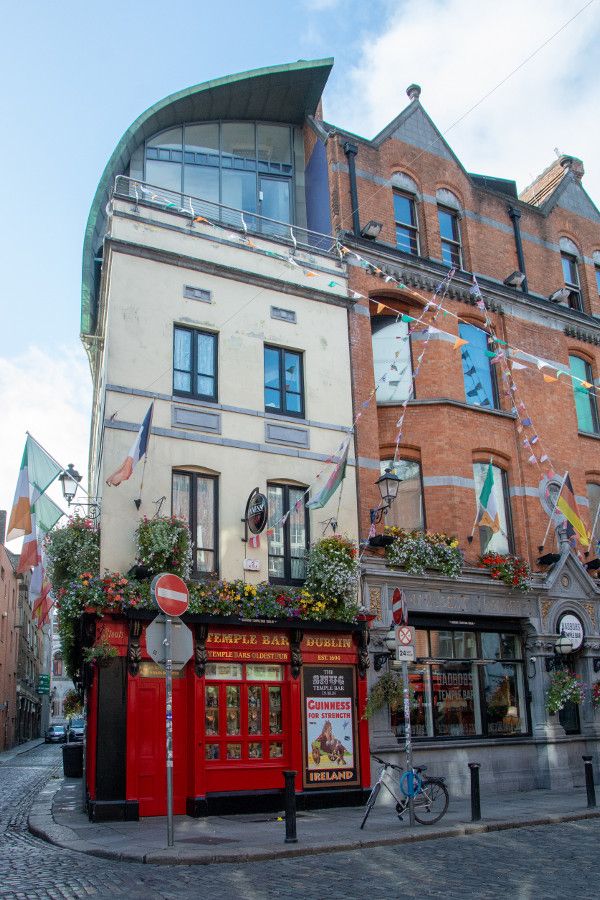
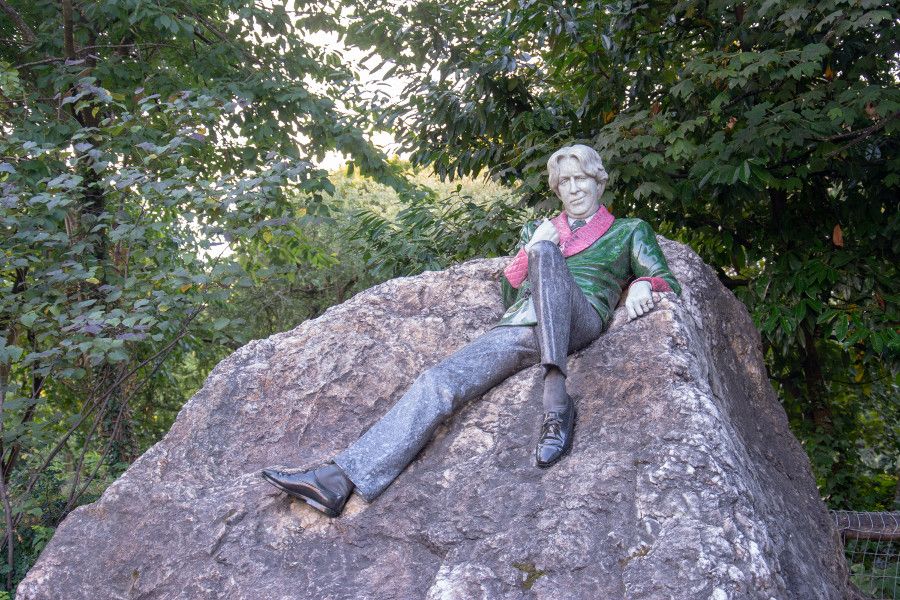
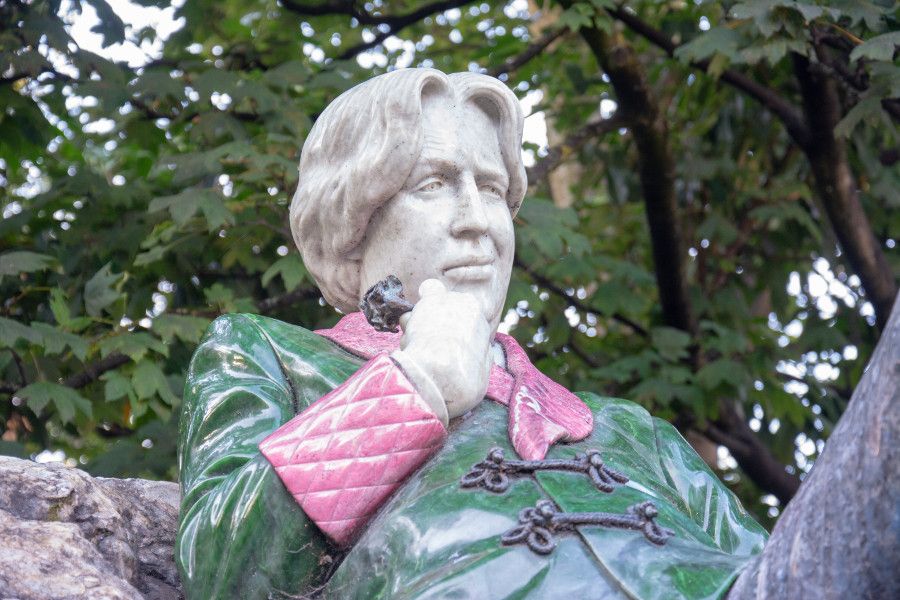
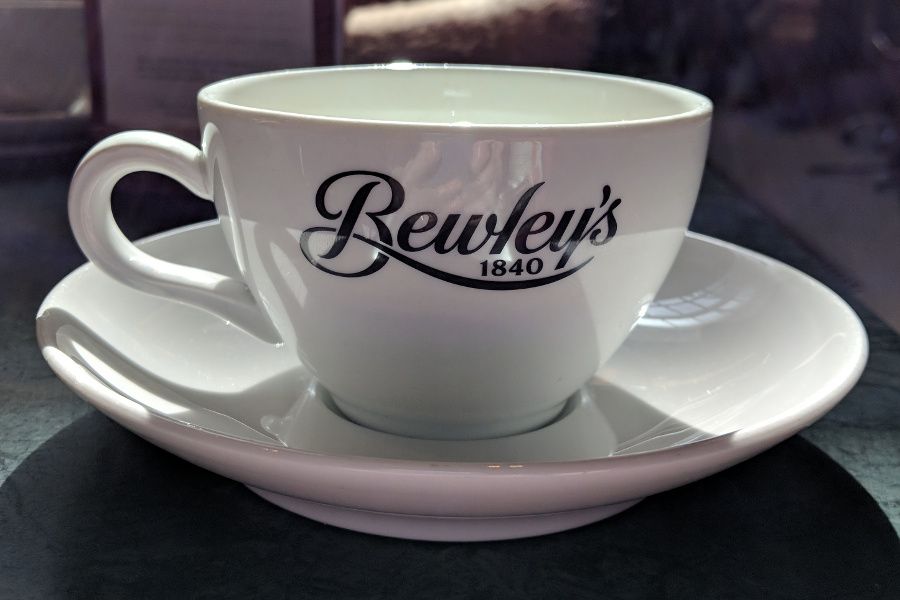
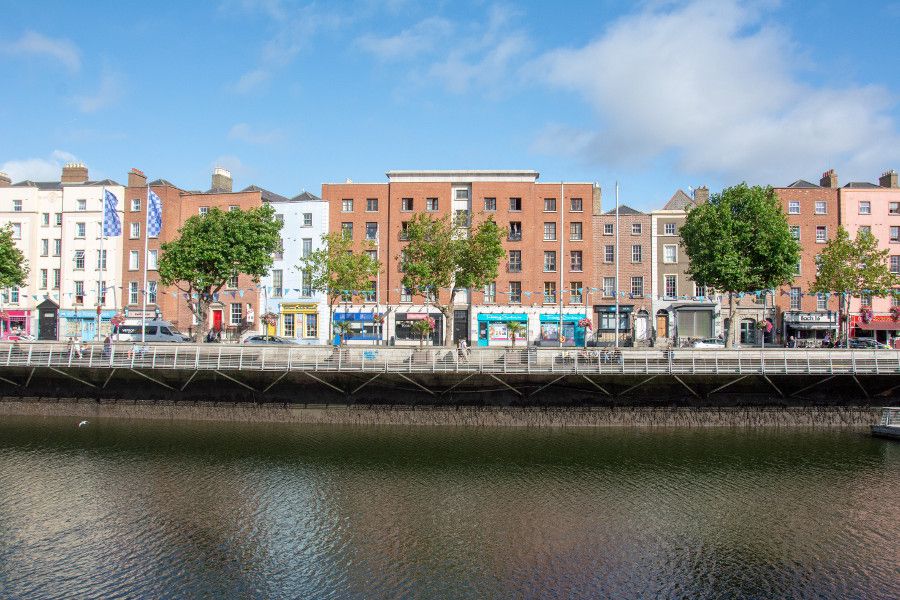
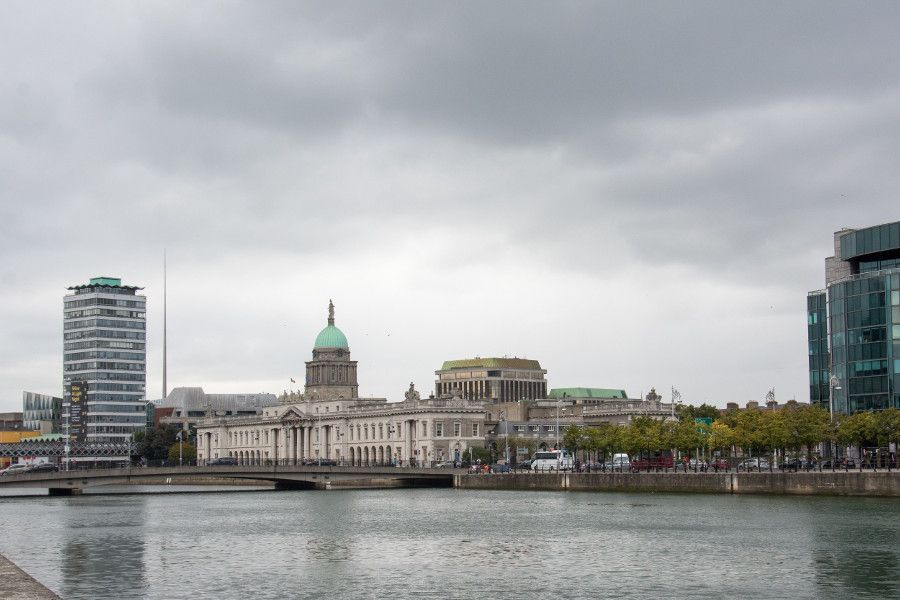
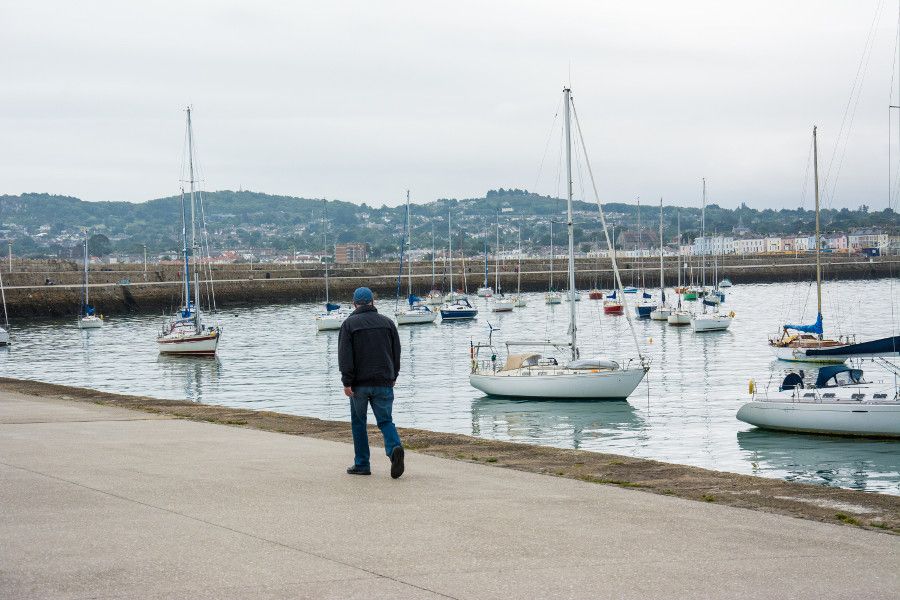
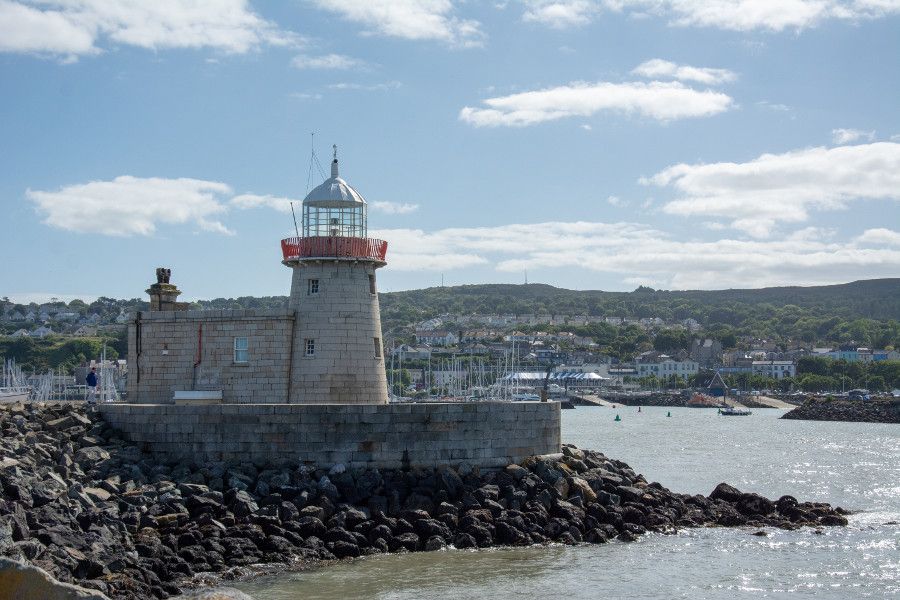
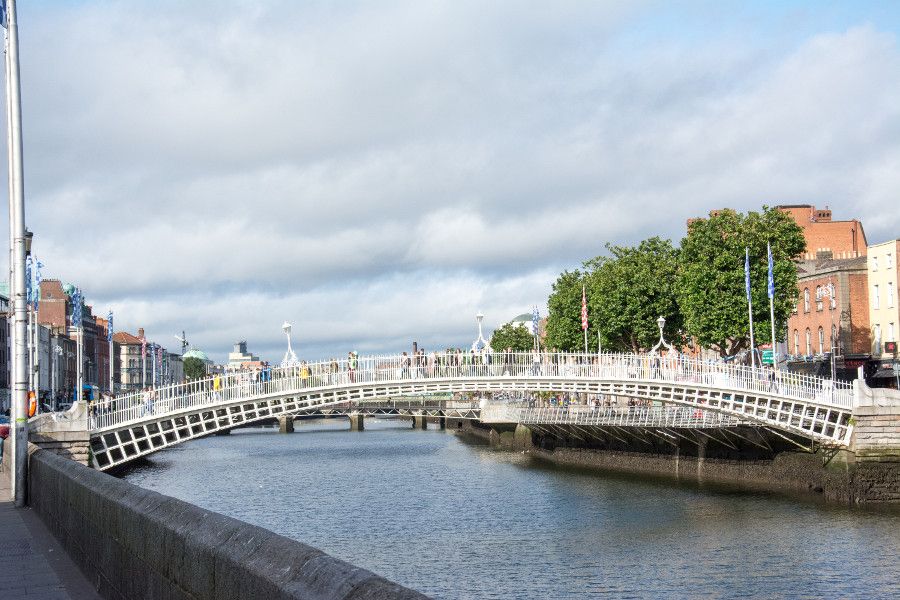
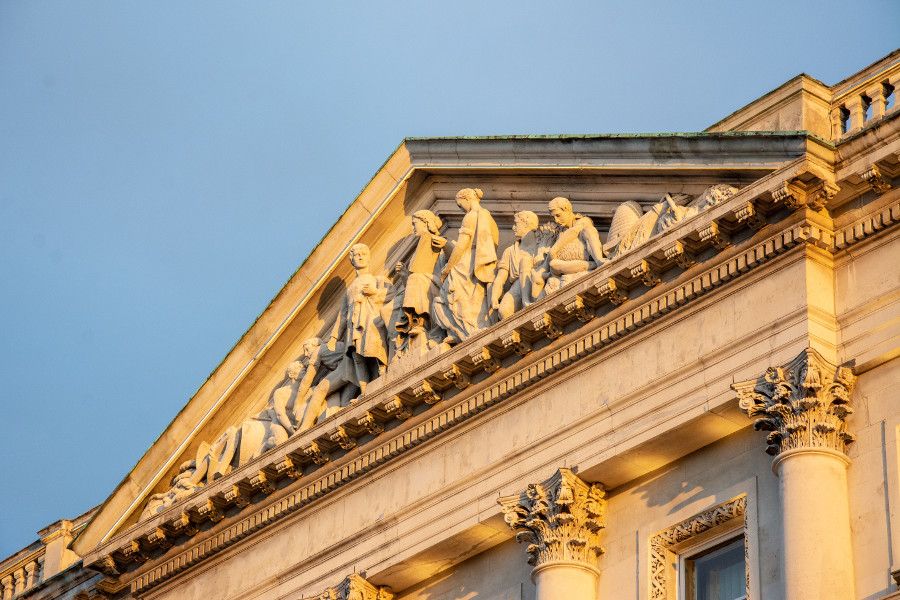
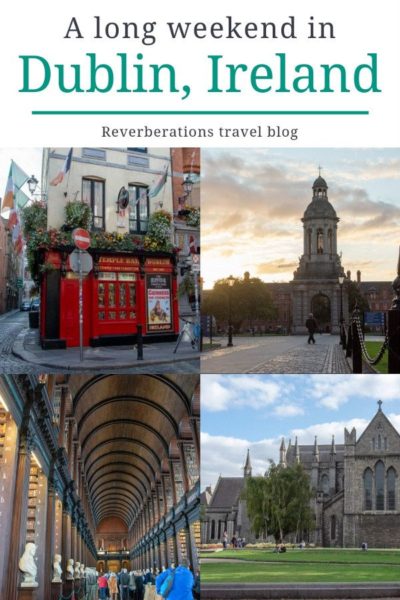
Amazing photos. I’ve been to Dublin four times and I haven’t been to those restaurants. I’ll have to check them out next time, thanks for the recommendation.
Thanks, John! I’d really recommend those restaurants and pubs. Let me if you try them!
Thanks for putting together such a great guide! We will definitely be referring to it for our trip next year 🙂
This long weekend guide to Dublin is spot on! It captures the essence of the city perfectly, from iconic landmarks to hidden gems. A great read for anyone planning a short Dublin escape.